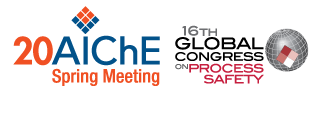

Both the bowtie method as well as human factors have become increasingly popular topics in risk management. The challenge remains, however, to discover the best way to include human factors in the bowtie method. The study of human factors occupies itself with researching the interaction between the user and his/her working environment. In this white paper two visions will be examined on how and why human factors can be included in the bowtie method. The two visions draw from Hollnagel’s System-1 and System-2 thinking. Vision 1 (which is more closely related to Safety-I thinking) is in favor of the idea that human factors can be included as a threat as well as an escalation factor. Vision 2 (which is more closely related to Safety- II thinking) is in favor of the idea that human factors can only be included as an escalation factor. This article concerns itself first and foremost with qualitative bowties and not quantitative bowties, because bowtie thinking is, at its core, scenario-driven. This paper is intended for people who use bowtie modeling in their jobs, but who do not have any background in cognitive psychology. By the end of this white paper, we hope you have gained a better understanding of human factors and how to include these in the bowtie method.
Presenter(s)
Once the content has been viewed and you have attested to it, you will be able to download and print a certificate for PDH credits.
If you have already viewed this content,
please click here
to login.
Language
Pricing
Individuals
| AIChE Member Credits | 0.5 |
| AIChE Pro Members | $19.00 |
| Employees of CCPS Member Companies | Free |
| AIChE Graduate Student Members | Free |
| AIChE Undergraduate Student Members | Free |
| AIChE Explorer Members | $29.00 |
| Non-Members | $29.00 |
